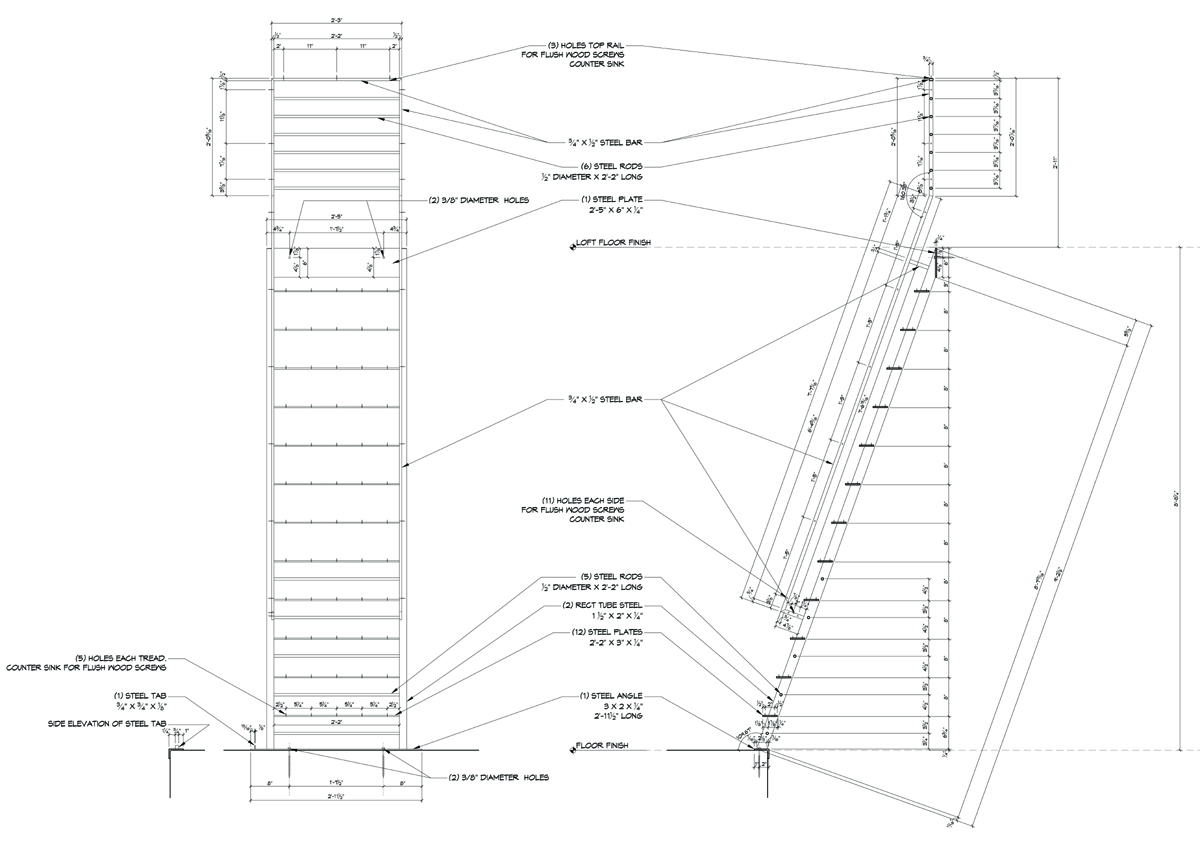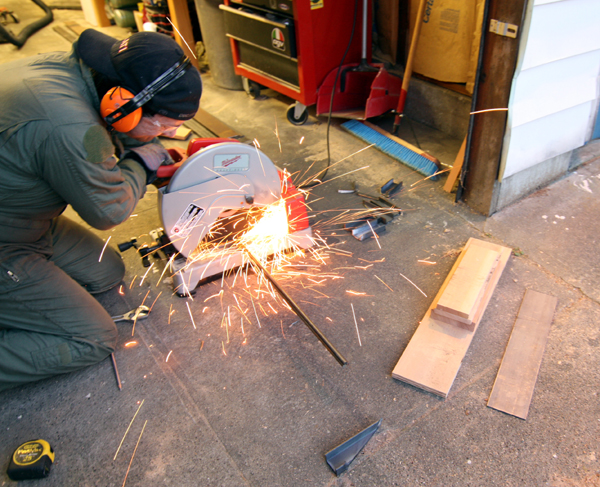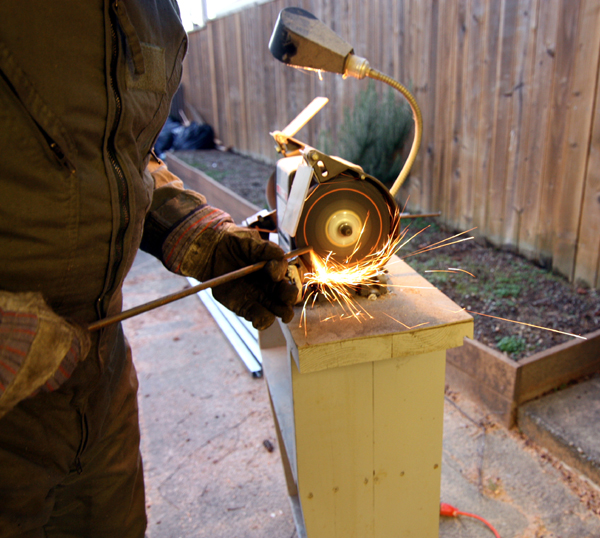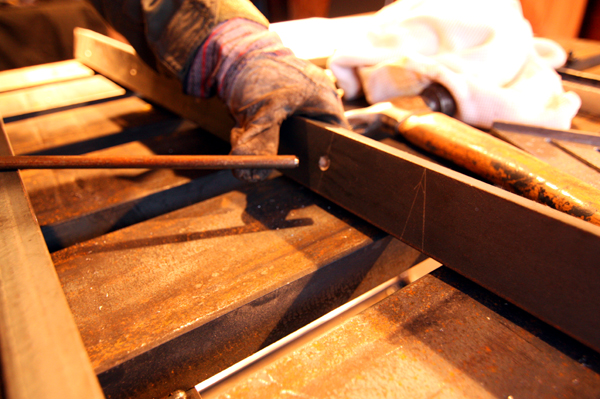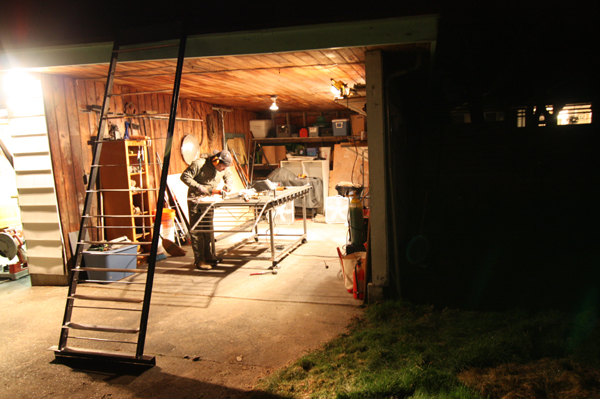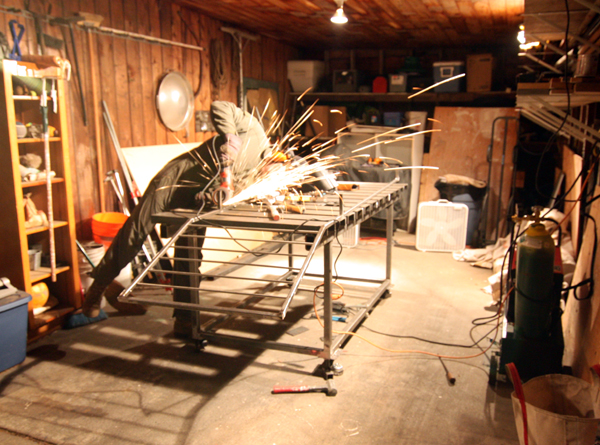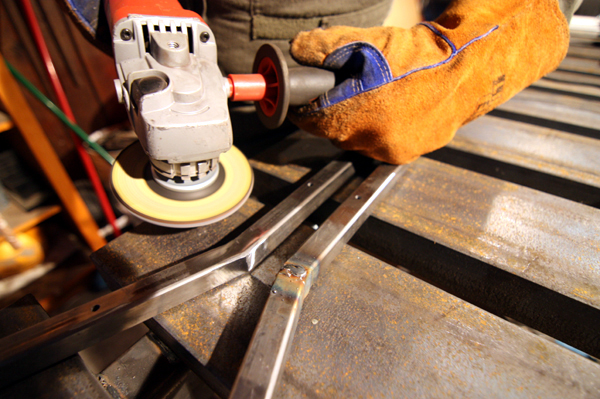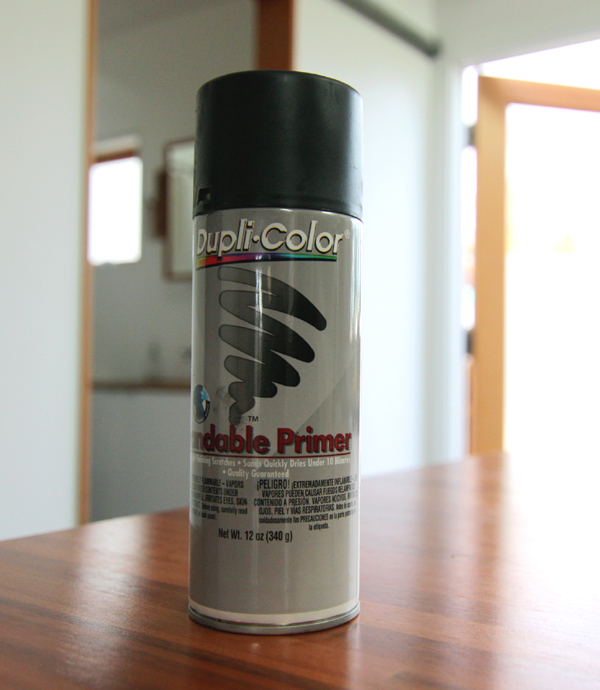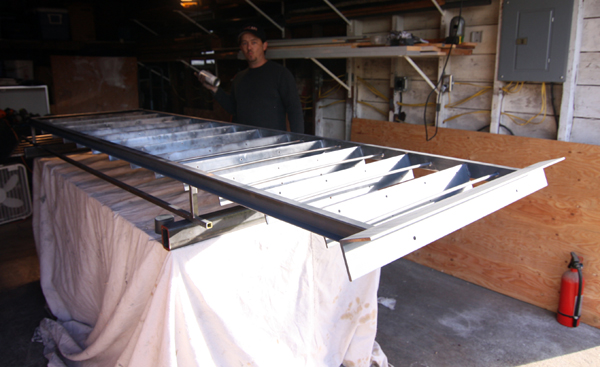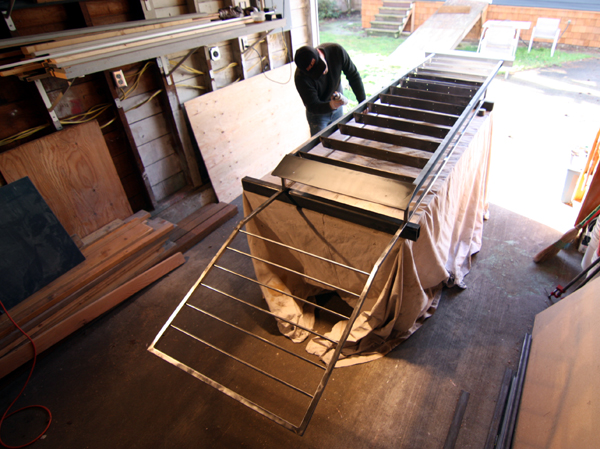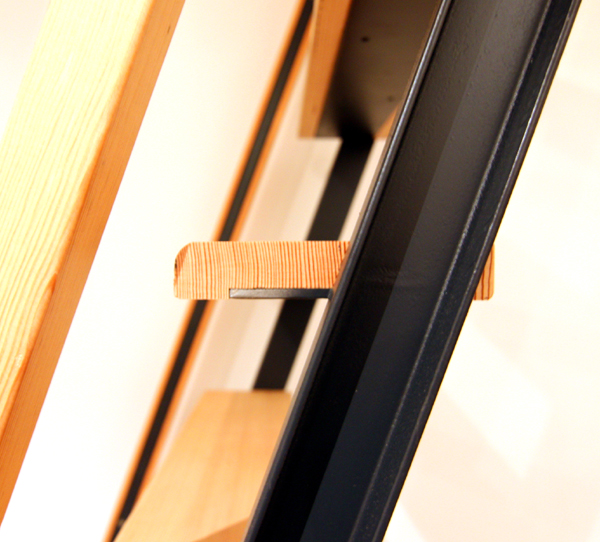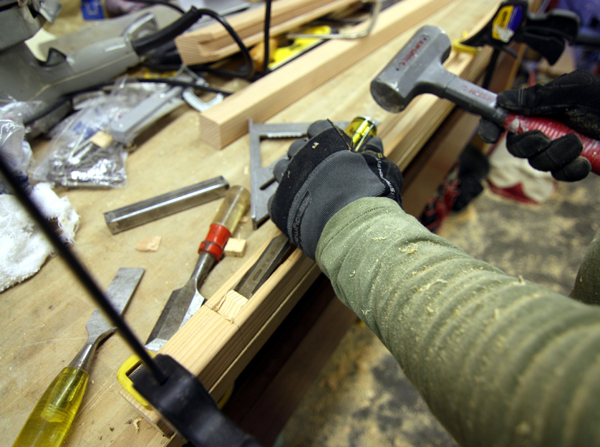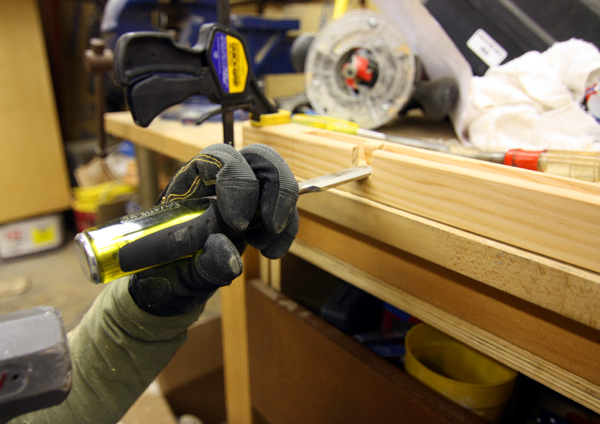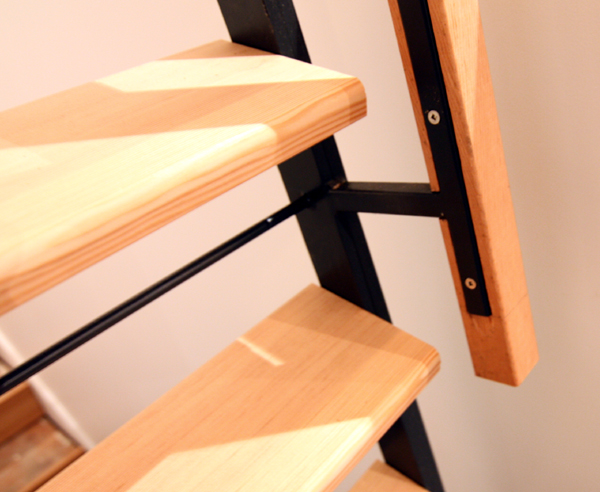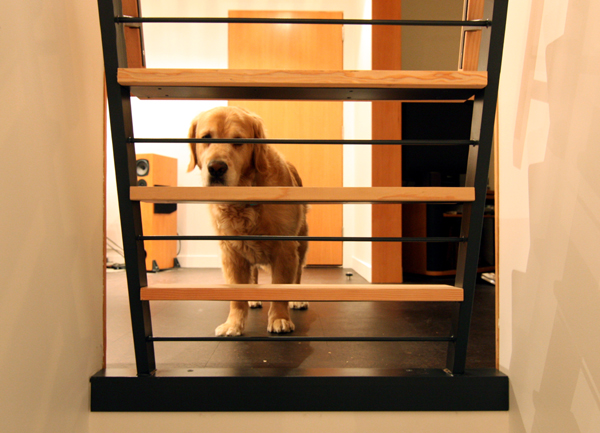Most of our undertakings here at chezerbey follow a typical design process. First we brainstorm ideas and sketch things out on paper. Then we test out those ideas in SketchUp. When we’re happy with the design, we detail it out in AutoCad (not always necessary, but it was for a detailed assembly like the loft ladder).
Since we started out sending the design to local steel shops, the drawings were very detailed. After we decided to DIY, Kyle used the shop drawings to accurately measure and cut the various pieces (the design also changed a little bit in between). Unfortunately, I didn’t capture the total construction process. For one, cameras and molten steel don’t really go together. Second, while Kyle was welding, I was holed up in the basement trying to bring order back to the space. After six months as a storage unit and studio apartment it was stuffed to the gills. And then, it threw up on itself. Or at least that’s what it looked like. But that’s another post, back to the ladder!
Kyle started off by cutting the various pieces to size. In the photo above, he’s using a metal cutting saw to cut the steel rods for the lower and upper portion of the ladder.
Next, he used a grinder to bevel the edges of the rods and his drill press to slightly pre-drill the side rails, that way when he clamped it all up for welding it stayed in position.
Once the pieces were cut, the basic frame was welded together. We ended up swapping out tube steel for channels for the side rails. This lightened the overall weight and well, channels are just sexy and cast more interesting shadows. Don’t you think? Next, the rods and treads were installed. The treads had to be a precise angle so when the ladder is in place they would be level with the floor. This was probably the trickiest part of the process.
Kyle also pre-drilled and pre-counter sunk holes in the steel plates so he could later screw the wood treads into place.
I knew the carport would come in handy someday! Here, Kyle is grinding his welds to get a smooth joint.
After the ladder frame was complete, he moved on to the handrail assembly, comprised of 3/8″ diameter rods and 3/4″ square tube steel.
More grinding!
But it really did make a difference…the above shows a good “after” and “before”.
After the ladder and handrail assembly were complete and welded together, it was time to paint. Originally, we were going to have the steel powder-coated. However, we decided that since it’s not exposed to the elements and the steel portions won’t be regularly touched, a simple and durable paint was more than sufficient(and it would save us a considerable amount of money). After trying a half-dozen paints we settled on a dark grey paint used in the auto industry for painting motors. It sprays like a fan instead of a cone (like typical spray paint) so it goes on much more even.
After the paint was dry, Kyle applied a clear coat in a satin finish for a little extra protection.
For the wood treads, Kyle cut 2′-2″ lengths from 5/4×6 vertical grain fir boards (actual size is 1″x 5 1/2″). He then beveled the outboard edge and notched the underside to fit over the steel treads (detailed photo below). Where needed, he chiseled out the underside of the board to fit snuggly over the welds at the joint between the steel channel and plate.
For the handrail, he ran 2×2 fir pieces through the table saw to create the notch. At the bottom of the handrail where the steel ends, he used a chisel and hammer to complete the notch.
Where the tube steel turns 90 degrees and connects back to the channel, he used a small saw and chisel to notch out the wood.
(The photo below shows the completed handrail detail.)
After the clear coat was dry, we moved the steel portion inside and secured it in place with lag screws at the bottom angle and top flat plate (both sets of screws go into structural members so this thing is solid). The angle at the base also covers the exposed edge of the cork flooring. The gap between the ladder and the wall meets code requirements while providing enough space for the future barn door to slide past.
Bailey still doesn’t get it.
All in all, the ladder took about 6 full days of work but we saved a ton of money (even after you factor in the cost of the welding machine). This weekend we’ll apply the finish to the wood. We’re planning on doing a hardwax oil floor finish for the treads and a thinner polyurethane application on the handrails. At the same time, we’ll put the finish on the basement treads and risers (which are partially installed).
The big 2010 project is definitely stretching into 2011, but that’s ok.
